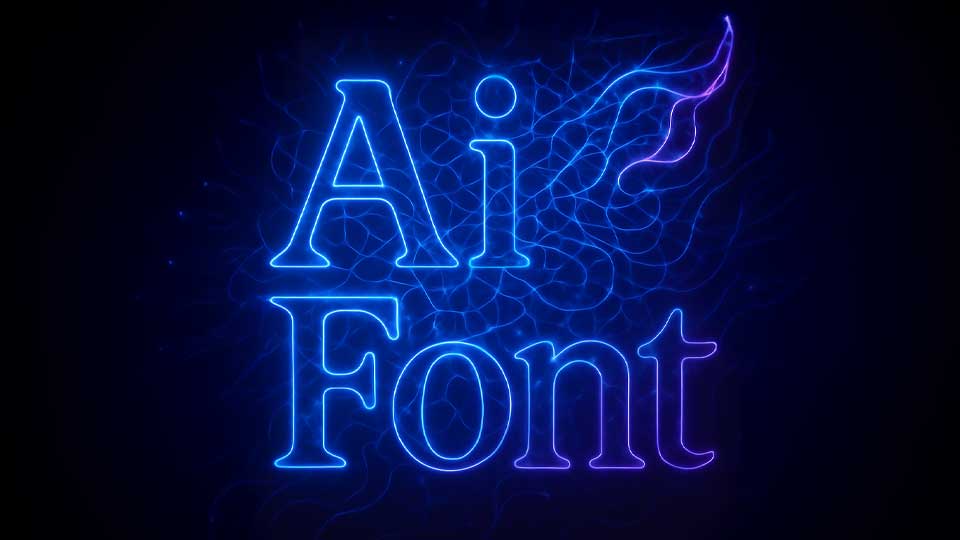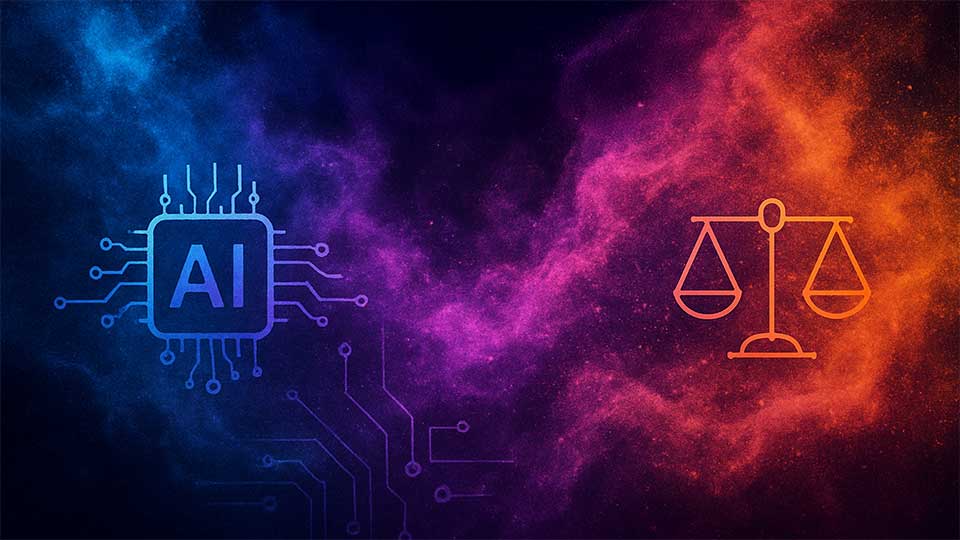The Rise of Responsive Fonts
Artificial intelligence is reshaping industries, and typography is no exception. Monotype, one of the world’s most influential type design companies, envisions a future where fonts are no longer static. In its 2025 Re:Vision trends report, the company outlines how AI will enable fonts to become responsive, emotionally aware, and tailored to individual readers.
This new form of “reactive typography” could dynamically adjust based on the reader’s environment, behavior, or mood. Fonts might sharpen when they’re being read and soften when attention shifts. They could change depending on time of day, lighting conditions, or even adapt to reading speed, enhancing comprehension and engagement.
Typography for Everyone
Beyond adaptation, AI may allow non-designers to create their own custom typography through intuitive tools and chat-based interfaces. This would reduce the technical barriers traditionally associated with type design, enabling broader creative expression. However, the technical implementation of these ideas is still in its early stages, with many of the concepts remaining speculative.
Designers Explore AI, With Caution
Across the design world, creatives are experimenting with AI tools to explore what’s possible. Platforms like Midjourney and ChatGPT are being used for idea generation and automation, but the role of AI in typography remains under exploration. While there is excitement around these innovations, there is also concern about the potential devaluation of the creative process.
A Familiar Debate: Creativity vs. Automation
Historically, similar debates have emerged in times of technological transition. In the early 20th century, designers grappled with the rise of industrialization and mass production. Today’s AI revolution reflects a similar tension, between efficiency and artistic integrity.
Some studios are embracing AI for practical benefits, such as automating repetitive tasks like kerning and font diagnostics. These tools can accelerate workflows without replacing the creative decision-making process. At the same time, many professionals remain cautious about letting AI lead in areas where human judgment and intuition have traditionally been central.
Still Searching for Practical Purpose
The typography community is still determining how and where AI fits. While current tools are primarily assistive, the long-term impact could be transformative. What defines typography today may look entirely different in the next decade, not only in how fonts are created but in how they are delivered and experienced.
However, AI’s broader influence on typography will likely depend on real-world application and consumer demand. The current phase mirrors the early internet era, an explosion of ideas and investment without clear direction. As with any disruptive technology, growth will require balance between innovation and purpose.
A Global Opportunity
One area where AI may have a more immediate impact is in global accessibility. Many non-Latin scripts still lack the diversity of typefaces available in the West. AI could help address this gap by generating fonts tailored to underrepresented languages and cultures.
The Future of Typography in an AI World
Despite the hype, most people will continue to license fonts through traditional models. If generative tools become more common, they may be integrated into existing subscriptions and platforms rather than completely redefining the market.
As we move forward, the typography industry faces an important question: how to embrace emerging technologies without losing the craft and meaning that define great design. Creativity is not just about automation, it’s about intention, effort, and thoughtful execution.
In this evolving landscape, the challenge lies not in resisting change, but in ensuring that the tools we build serve both the creator and the craft.

